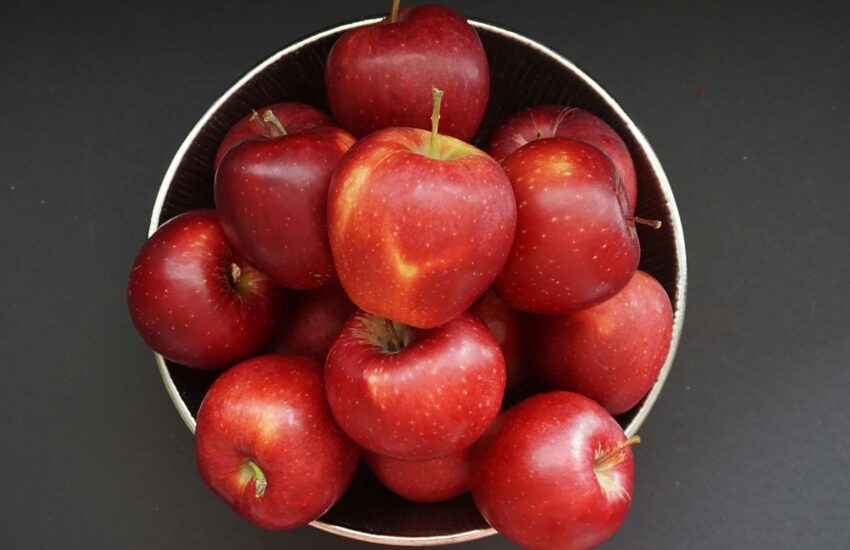Fiber is an essential nutrient for maintaining digestive health, regulating blood sugar, and supporting overall well-being. During the winter season, many fruits still provide significant fiber content despite the colder weather. These fruits can help meet daily fiber needs while offering a variety of vitamins, minerals, and antioxidants. Here, we explore ten winter fruits rich in fiber, highlighting their health benefits and how they can be incorporated into your diet. Followings are the 10 High Fiber Fruits in winter season suggested by Mohit Tandon burr ridge :
1. Apples
Apples are a quintessential winter fruit, with many varieties harvested in late fall and lasting through the winter months. They are not only delicious and versatile but also packed with fiber. A medium-sized apple contains around 4 grams of fiber, most of which is found in the skin. Apples are rich in soluble fiber, particularly pectin, which helps reduce cholesterol levels and support gut health.
Health Benefits:
- Digestive Health: The fiber in apples promotes healthy digestion by supporting regular bowel movements and preventing constipation.
- Weight Management: Apples are low in calories and high in fiber, which can help you feel full longer and reduce overall calorie intake.
- Heart Health: Apples’ soluble fiber helps lower cholesterol levels, reducing the risk of heart disease.
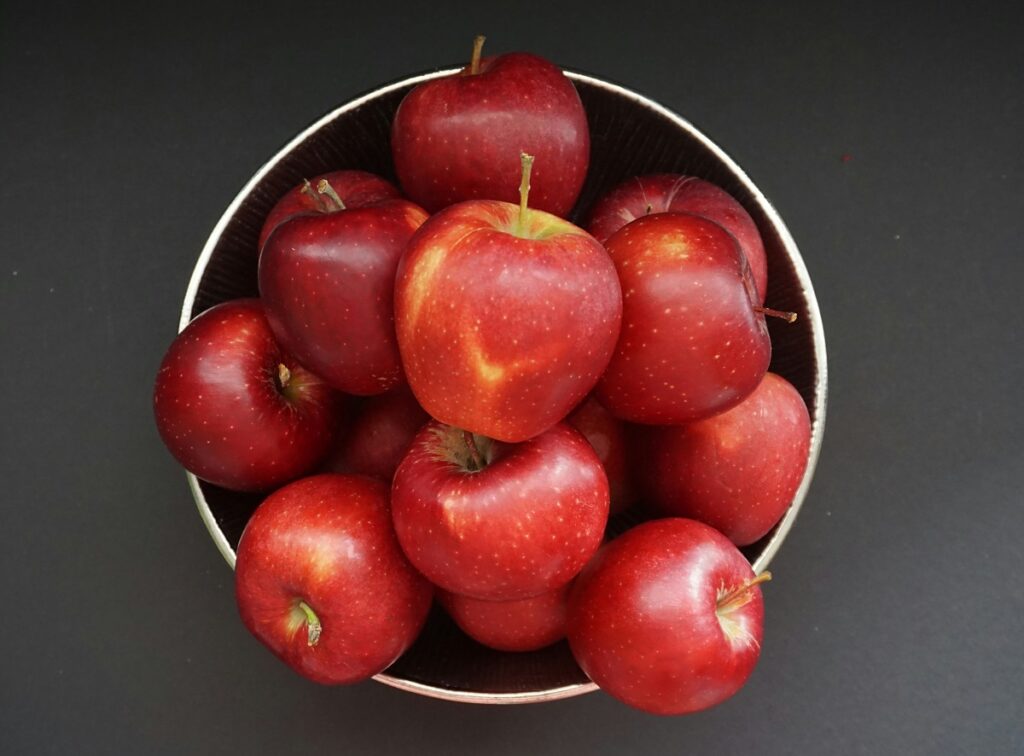
2. Pears
Pears are another winter fruit known for their high fiber content. A medium pear provides about 5-6 grams of fiber. Pears are particularly high in both soluble and insoluble fiber, making them excellent for improving digestive health and controlling blood sugar levels. Their natural sweetness makes them a great addition to winter salads, smoothies, or as a snack. – Mohit Tandon Burr Ridge
Health Benefits:
- Gut Health: Pears are rich in fiber, which supports healthy digestion and helps prevent constipation.
- Antioxidant Properties: Pears contain antioxidants such as vitamin C, which support the immune system during the colder months.
- Blood Sugar Regulation: The fiber in pears helps stabilize blood sugar levels, making them a good option for people with diabetes.
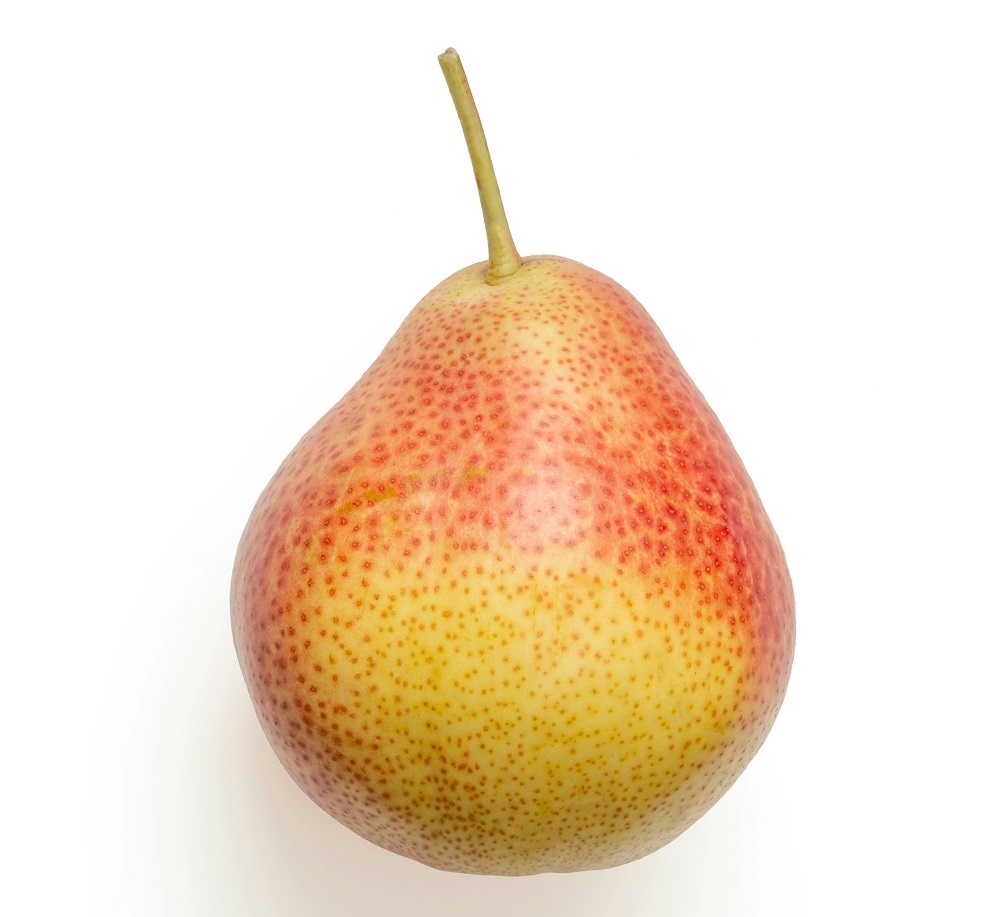
3. Citrus Fruits (Oranges, Grapefruits, Lemons)
Citrus fruits like oranges, grapefruits, and lemons are excellent sources of fiber and are widely available during the winter season. A medium-sized orange contains about 3 grams of fiber, while a grapefruit contains around 4 grams. These fruits are also rich in vitamin C, making them a great immune booster during the colder months.

Health Benefits:
- Digestive Health: The fiber in citrus fruits helps promote regular bowel movements and digestive efficiency.
- Immune System Boost: Rich in vitamin C, citrus fruits strengthen the immune system and help protect against seasonal colds and flu.
- Heart Health: Citrus fruits have been shown to lower blood pressure and cholesterol, contributing to overall cardiovascular health.
4. Pomegranates
Pomegranates are a winter fruit that is not only high in fiber but also packed with antioxidants. A pomegranate contains about 4 grams of fiber per 100 grams of seeds. Pomegranates are also rich in vitamin C, potassium, and polyphenols, which provide anti-inflammatory benefits.
Health Benefits:
- Digestive Health: Pomegranates provide fiber that aids digestion and promotes gut health.
- Anti-Inflammatory: The antioxidants in pomegranates have anti-inflammatory effects, which can help reduce the risk of chronic diseases.
- Heart Health: Pomegranates have been linked to improved cholesterol levels and reduced blood pressure, promoting heart health.

5. Kiwis
Kiwis are a tropical fruit often available during the winter months in many regions. They are rich in fiber, with one medium-sized kiwi providing about 2-3 grams. Kiwis contain both soluble and insoluble fiber, making them an excellent choice for improving digestion and promoting gut health.
Health Benefits:
- Digestive Health: The fiber in kiwis helps regulate bowel movements and improve overall gut health.
- Boosting Immunity: Kiwis are rich in vitamin C, which supports the immune system and helps protect against common winter illnesses.
- Antioxidants: Kiwis contain antioxidants, which help reduce oxidative stress and protect the body from free radical damage.
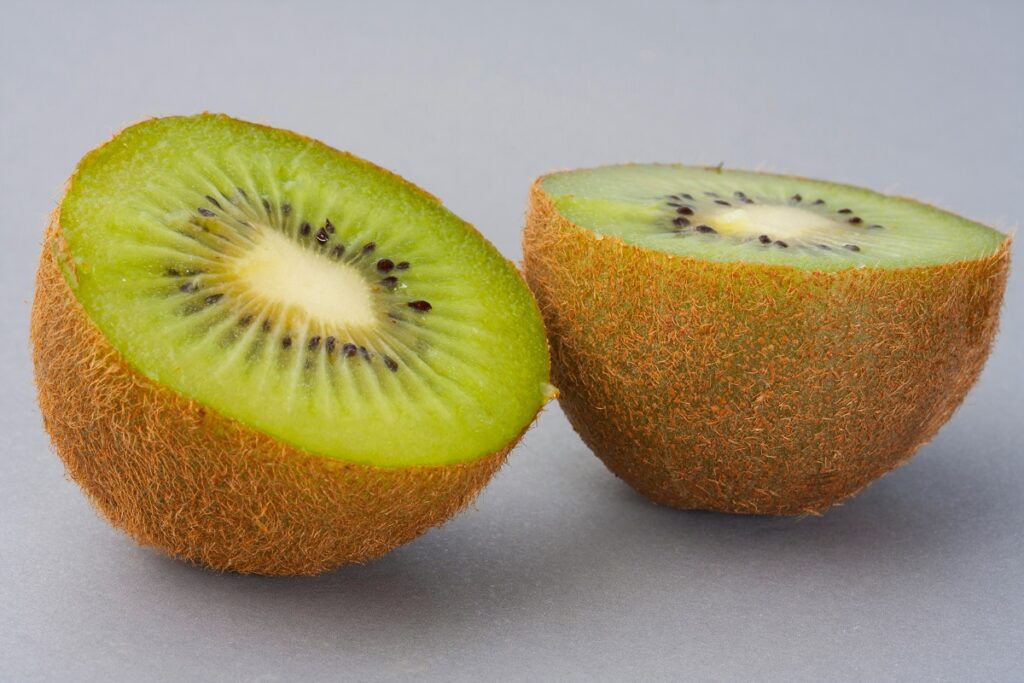
6. Persimmons
Persimmons are a delicious winter fruit that is high in both soluble and insoluble fiber. A medium persimmon contains about 6 grams of fiber, making it an excellent choice for those looking to increase their fiber intake. They are also rich in vitamins A and C, as well as manganese.
Health Benefits:
- Digestive Health: The high fiber content in persimmons promotes regular bowel movements and supports healthy digestion.
- Rich in Nutrients: Persimmons are a great source of antioxidants, which help protect the body from inflammation and oxidative damage.
- Skin Health: The vitamins and antioxidants in persimmons support skin health and can help combat the dry skin that often accompanies the winter months.

7. Quince
Quince is a lesser-known fruit that is available in winter months. This fruit is high in fiber, with one medium quince containing about 5 grams of fiber. Quince is rich in both soluble and insoluble fiber, which helps promote healthy digestion and regulate bowel movements.
Health Benefits:
- Digestive Health: The fiber in quince helps improve gut motility and prevent constipation.
- Rich in Antioxidants: Quince contains antioxidants such as vitamin C and flavonoids, which help fight inflammation and support the immune system.
- Cholesterol Management: The soluble fiber in quince helps lower cholesterol levels, contributing to better heart health.
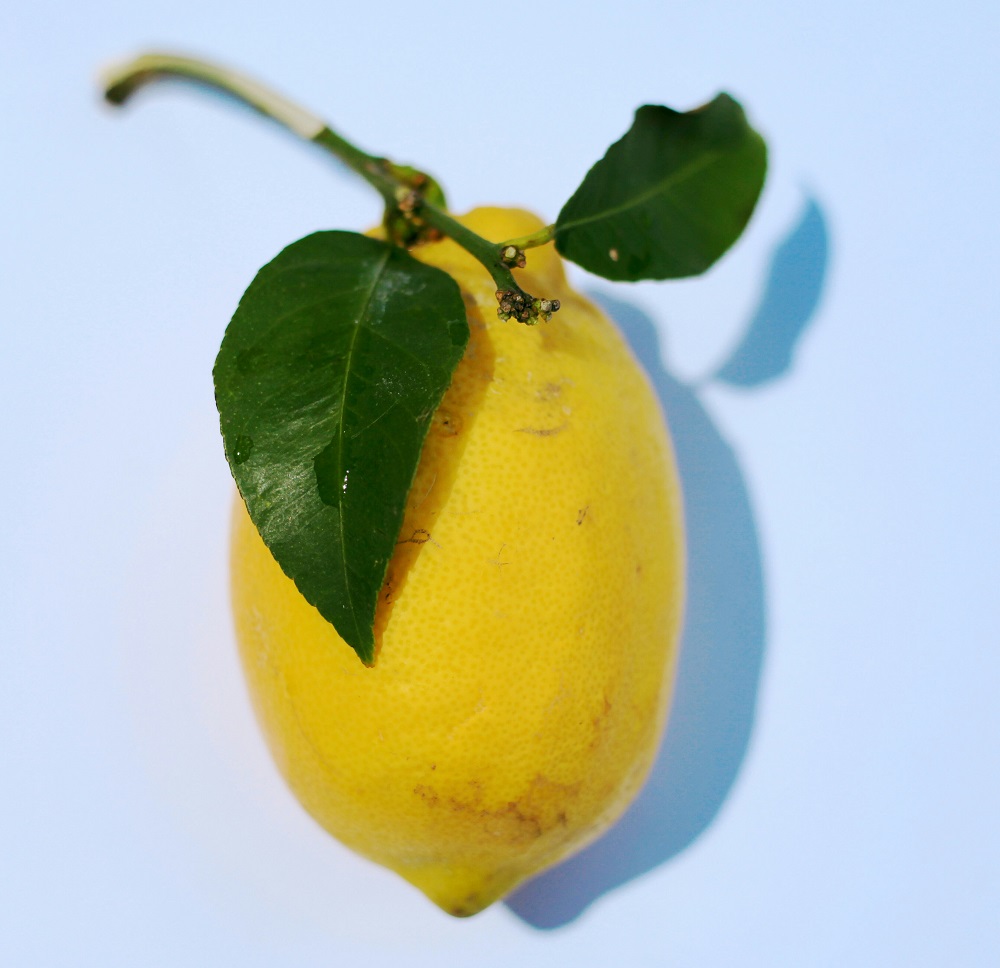
8. Grapes (Red, Green, and Black)
Grapes are available in winter months, particularly in cold storage, and offer a good amount of fiber. A cup of grapes contains about 1 gram of fiber, and they also provide a range of vitamins, antioxidants, and polyphenols, particularly resveratrol, which has been linked to heart health.
Health Benefits:
- Digestive Health: Grapes’ fiber content helps support digestion and regularity.
- Antioxidant Power: Grapes are rich in antioxidants, which help protect cells from damage and reduce inflammation.
- Heart Health: Grapes’ polyphenols have been shown to improve blood flow and reduce the risk of cardiovascular diseases.
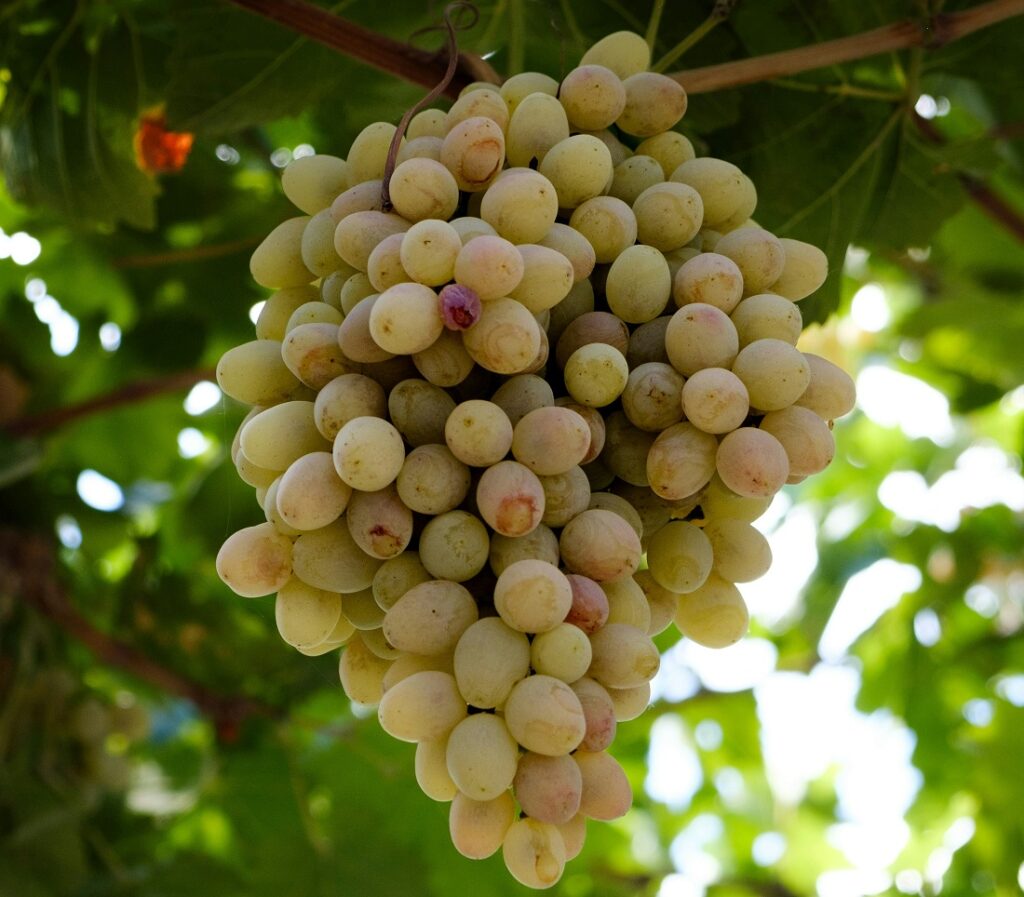
9. Cranberries
Cranberries are typically harvested in the fall, but they are available throughout the winter months, often in dried or frozen forms. It contain about 4 grams of fiber per cup and are rich in antioxidants, particularly vitamin C and flavonoids, which are beneficial for immune health.
Health Benefits:
- Urinary Tract Health: Cranberries are well-known for their ability to prevent urinary tract infections (UTIs), thanks to their ability to prevent harmful bacteria from adhering to urinary tract walls.
- Digestive Health: Cranberries’ fiber content supports healthy digestion and regular bowel movements.
- Immune System Support: Cranberries contains vitamin C, which enhances immune function during the winter months.
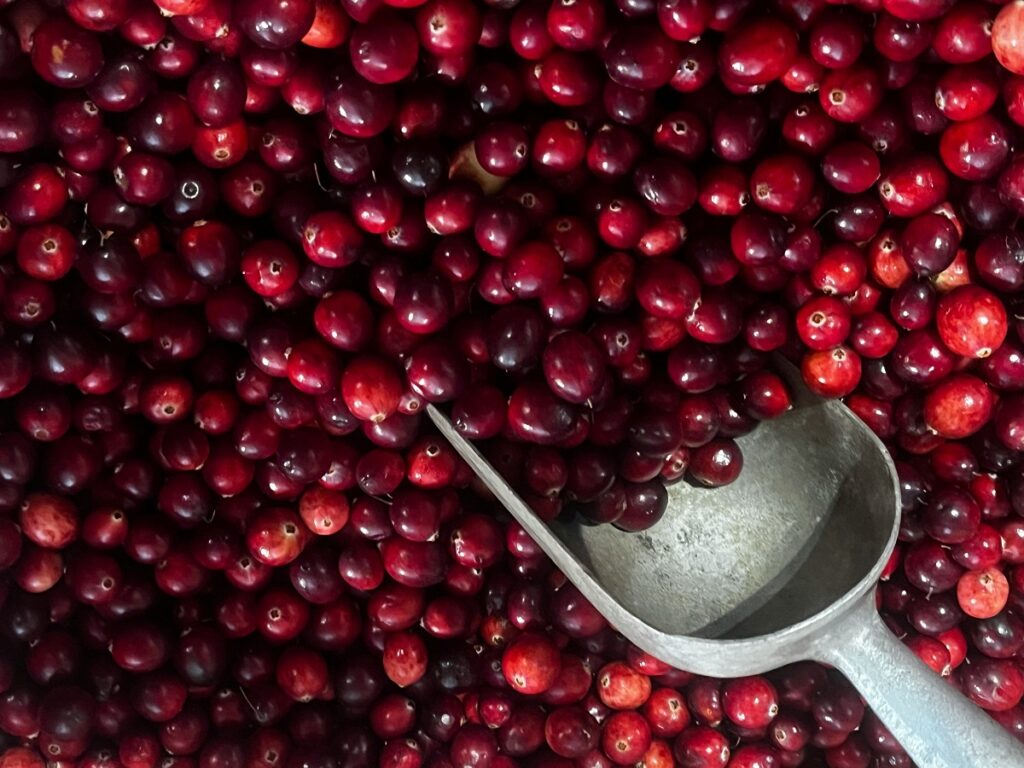
10. Bananas (Available Year-Round)
Bananas, though available year-round, are particularly abundant in the winter months and are a great source of fiber. A medium-sized banana contains about 3 grams of fiber. Bananas are rich in soluble fiber, particularly pectin, which helps regulate blood sugar and promote gut health. – Mohit Tandon Burr Ridge
Health Benefits:
- Digestive Health: The fiber in bananas helps prevent constipation and supports regular digestion.
- Energy Boosting: Bananas are a great source of natural energy, providing potassium and carbohydrates that can fuel your day.
- Heart Health: The potassium content in bananas helps regulate blood pressure, contributing to better heart health.

Conclusion
Winter fruits may not always be as plentiful as those harvested in the warmer months, but they can still provide significant amounts of fiber to support a healthy digestive system and overall well-being. Apples, pears, citrus fruits, pomegranates, kiwis, persimmons, quince, grapes, cranberries, and bananas are just some of the fruits that offer a wealth of fiber, vitamins, and antioxidants during the colder months. Incorporating these fruits into your diet not only boosts fiber intake but also enhances immune function, improves heart health, and supports weight management.
Whether enjoyed fresh, frozen, or dried, these high-fiber fruits can be easily added to smoothies, salads, baked goods, or enjoyed as snacks, helping you maintain a balanced diet throughout the winter season.
